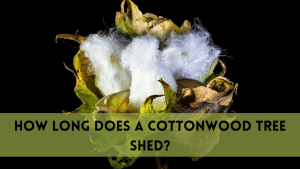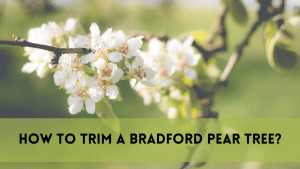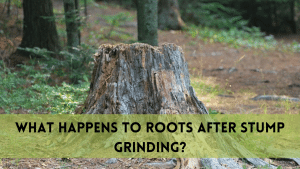Moss, a common plant organism, thrives in damp, shaded environments. Trees provide an ideal habitat for moss to grow, especially in regions with high humidity and abundant rainfall. While some gardeners embrace moss as part of the natural ecosystem, excessive moss can lead to various issues. In this article, we’ll cover the steps to safely remove moss from trees and share valuable insights based on our experience and expert knowledge.
How to Remove Moss from Trees
When dealing with moss on trees, it’s essential to follow proper techniques to prevent harming the tree. Here’s a step-by-step guide on how to remove moss from trees effectively:
1. Identify Moss-Prone Areas: Begin by identifying areas where moss growth is excessive. Look for shady spots with poor air circulation, as these are prime locations for moss to flourish.
2. Gentle Pruning: Carefully prune overhanging branches to allow more sunlight to penetrate the affected areas. Proper pruning not only helps reduce moss but also improves overall tree health.
3. Manual Removal: Gently brush or scrape off the moss using a soft-bristle brush or your fingers. Avoid using harsh tools that could damage the tree’s bark. Be patient and thorough in this step.
4. Improve Drainage: Ensure that the area around the tree has good drainage. Poor drainage can contribute to the growth of moss. Consider adding a layer of well-draining soil or mulch.
5. Promote Air Circulation: Trim nearby vegetation to improve air circulation around the tree. Good airflow helps prevent the accumulation of excess moisture, which moss thrives on.
6. Biodegradable Treatment: Apply a biodegradable moss control solution to the affected areas. These solutions are safe for the tree and help prevent future moss growth.
7. Regular Maintenance: Keep a watchful eye on the tree for any signs of moss resurgence. Regular maintenance, including pruning and maintaining good drainage, is key to preventing moss from returning.
By following these steps, you can safely remove moss from trees without causing harm to the tree itself.
FAQ’s (Frequently Asked Questions)
Q: Is moss harmful to trees?
A: While a small amount of moss can be harmless, excessive moss can inhibit sunlight absorption, potentially affecting the tree’s health.
Q: Can I use chemicals to remove moss from trees?
A: It’s best to avoid harsh chemicals that may harm the tree. Opt for biodegradable moss control solutions that are safe for the tree and the environment.
Q: When is the best time to remove moss from trees?
A: Spring and early summer are ideal times for moss removal, as the tree is actively growing, and the weather is conducive to the tree’s recovery.
Q: How can I prevent moss from growing back?
A: Regular maintenance, including pruning, improving drainage, and promoting air circulation, can help prevent moss from returning.
Q: Can moss indicate a larger issue with my tree’s health?
A: In some cases, excessive moss can be a sign of underlying issues such as poo r soil drainage or insufficient sunlight. Addressing these issues can improve overall tree health.
Q: Can I use a pressure washer to remove moss from trees?
A It’s best to avoid using pressure washers, as they can damage the tree’s bark. Stick to gentle manual removal methods.
Conclusion
Moss on trees can be visually appealing in moderation, but excessive growth can impact the health of your trees. By following the steps outlined in this guide, you can safely and effectively remove moss while maintaining a healthy environment for your trees. Remember, regular maintenance and a proactive approach are essential in preventing moss from returning. Keep an eye on your trees, and enjoy their vibrant, moss-free beauty.




